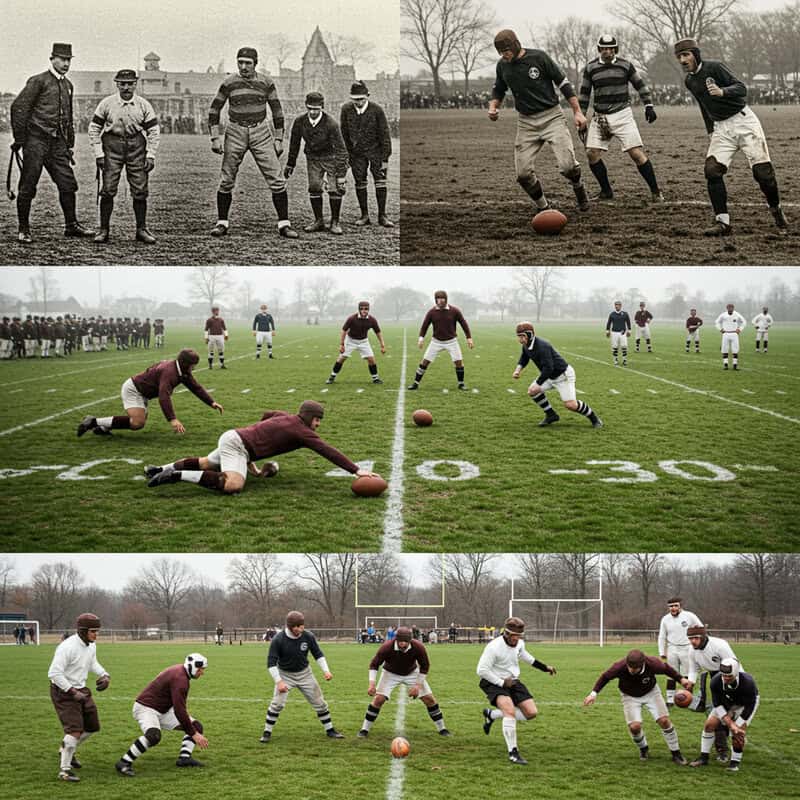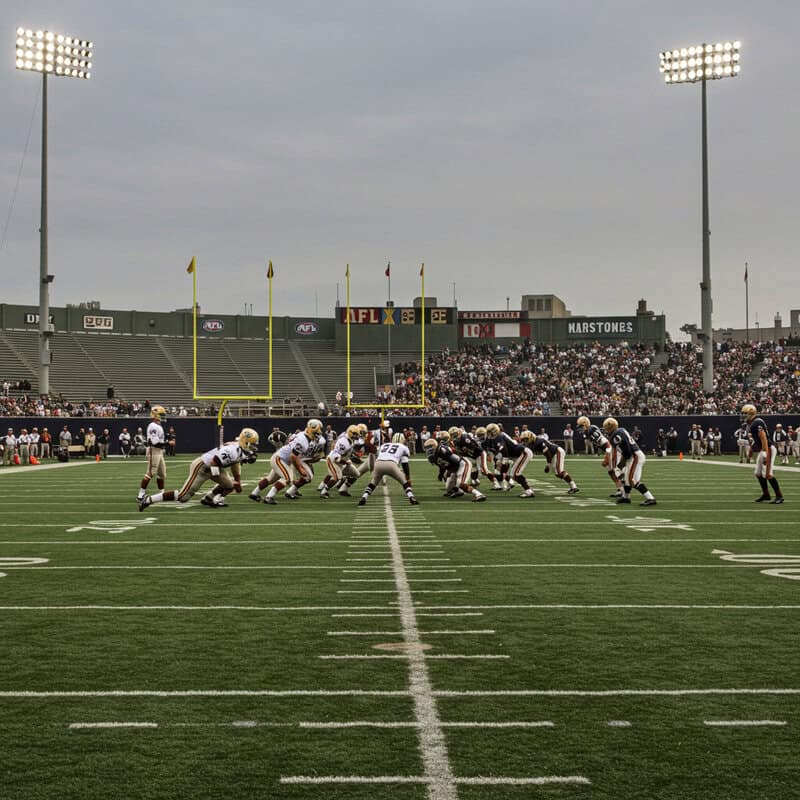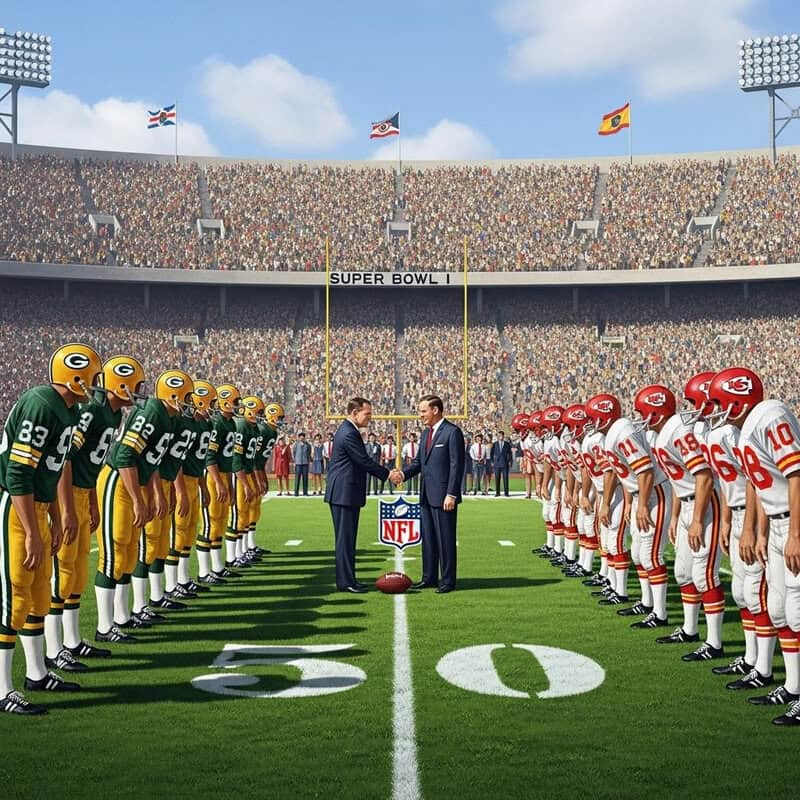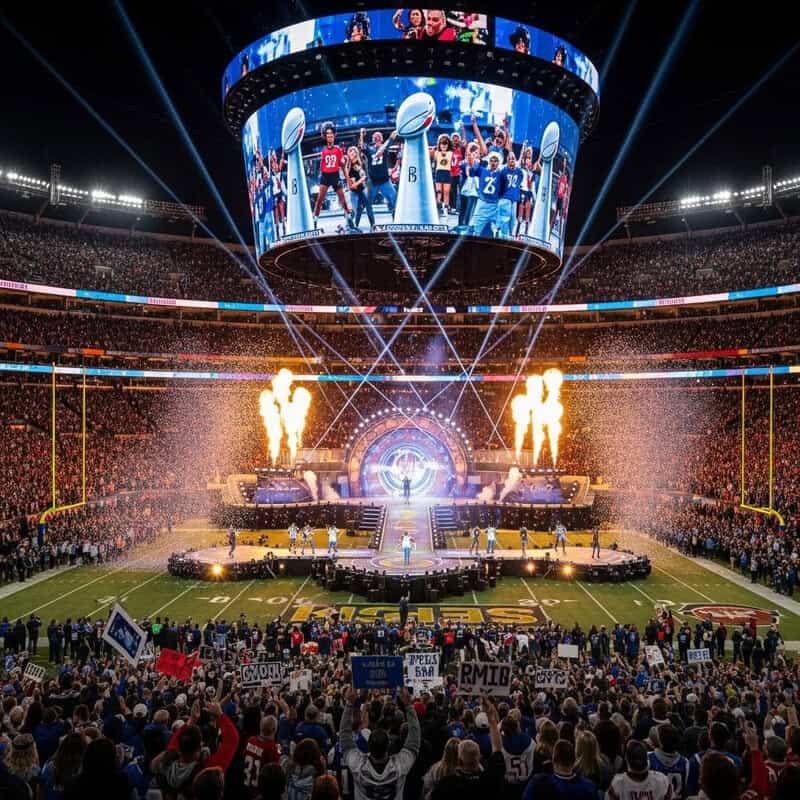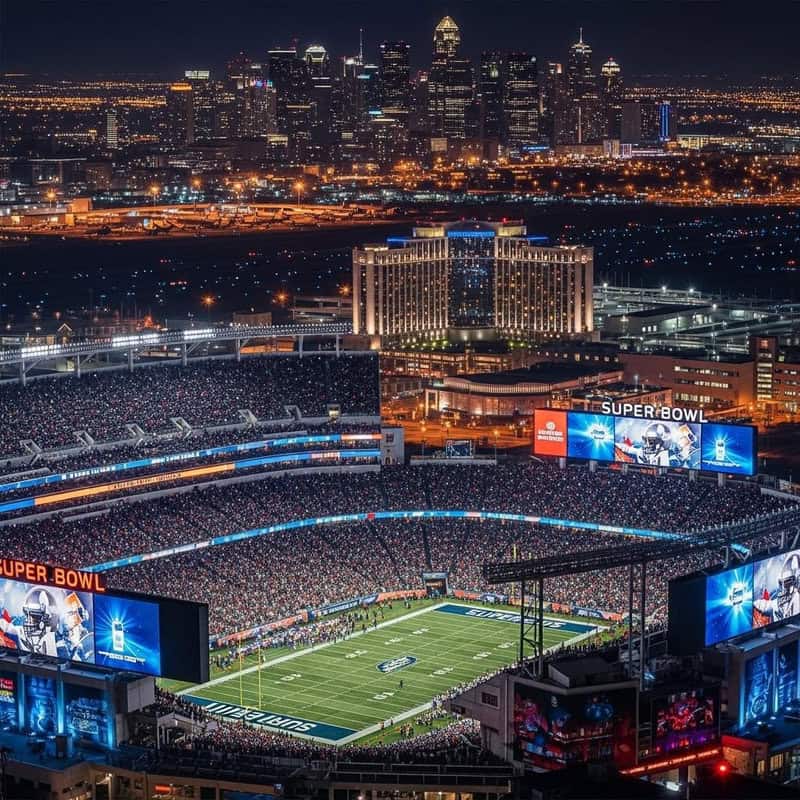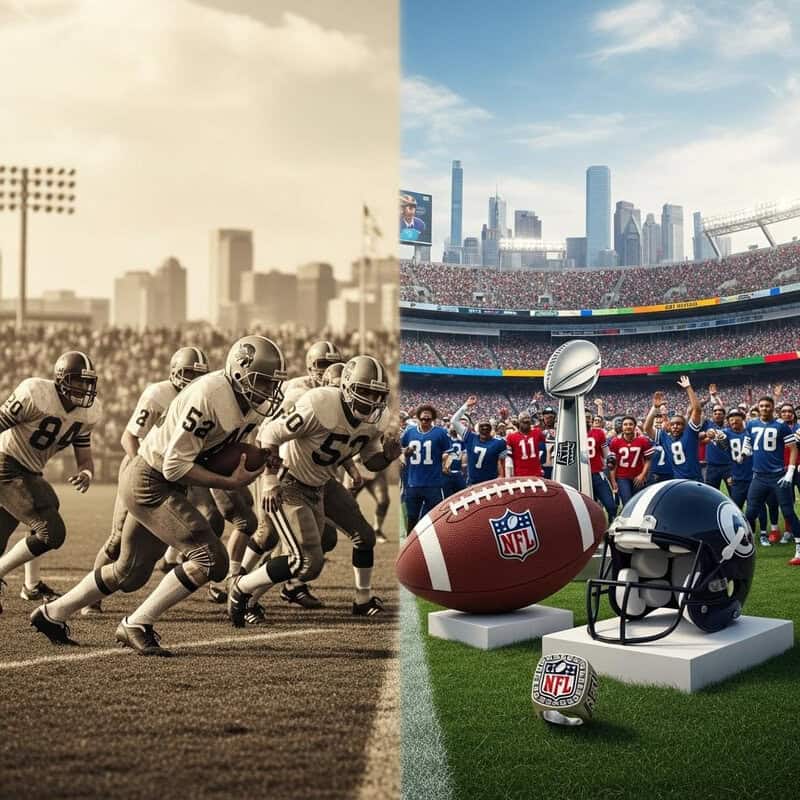Every year, millions around the world tune in to witness the spectacle that is the Super Bowl, captivated by its thrilling matchups and unforgettable halftime shows. Yet, the Super Bowl history is as fascinating as the event itself, rooted in an intense rivalry and eventual NFL merger that changed American sports forever.
Understanding how this iconic game was born and how it rose to become a cultural phenomenon offers insights into not just football, but the evolution of American entertainment. In this guide, you’ll discover the origins, growth, and cultural impact of the Super Bowl, enriching your appreciation for the world’s biggest sporting event. For more on its background, visit the Pro Football Hall of Fame.


